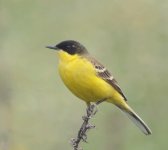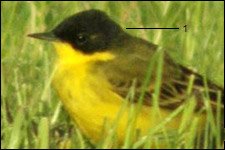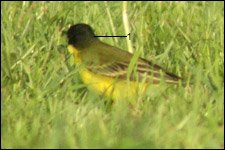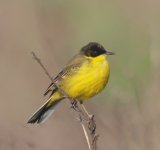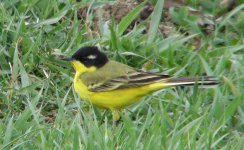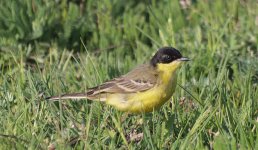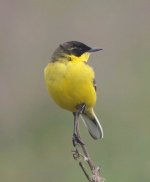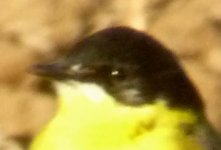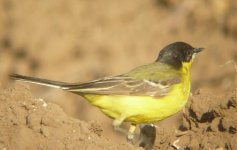Just seen the pics of the 'Black-headed' Wagtail in Norfolk. To me it doesn't look like one but rather a dark Grey-headed Wagtail. To my knowledge similar birds are not uncommon on the continent.
Interested to know what other people think.
http://www.birdguides.com/iris/pictures.asp?r=0&rty=3&menu=menu_media
Interested to know what other people think.
http://www.birdguides.com/iris/pictures.asp?r=0&rty=3&menu=menu_media




